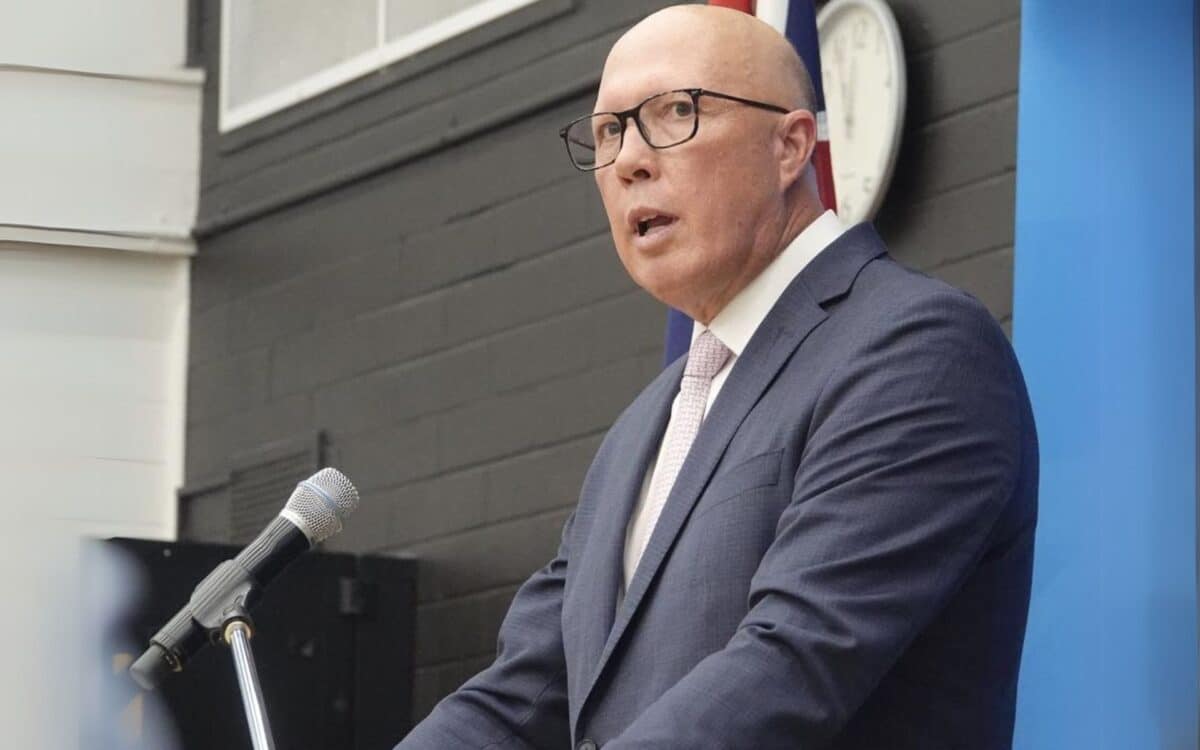Opposition leader Peter Dutton has confirmed that the full details of the Coalition’s planned cuts to public service and government spending will not be disclosed before the upcoming federal election, scheduled to take place by May 2025.
This revelation comes as part of the Coalition’s broader strategy to reduce government expenditure and address what Dutton refers to as wasteful spending. However, the Liberal leader emphasized that voters would have to wait until after the election for specifics.
Focus on Public Service Cuts
One of the most significant elements of the Coalition’s plan is the reduction of the federal public service, particularly the 36,000 additional positions created under the Albanese government. Dutton has expressed that although certain frontline roles would be preserved, the federal bureaucracy would not exceed 200,000 positions, as outlined in the government’s budget projections.
Appearing on ABC’s Insiders program, Dutton stated that these cuts were necessary to curb inflation and improve the overall fiscal health of the nation. However, he refrained from detailing the precise areas where the cuts would occur, suggesting that these decisions would be made during the Expenditure Review Committee (ERC) process after the election.
Key Aspects of Peter Dutton’s Plan
The following list outlines the main components of Peter Dutton’s economic strategy :
- Public Service Cuts:
- Reduction of public service to below 200,000 employees.
- Elimination of 36,000 additional positions created under the Albanese government.
- Focus on preserving frontline roles while reducing bureaucracy.
- Efficiency and Waste Reduction:
- Identifying wasteful spending in government operations.
- Reducing inefficiencies without major cuts to essential public services.
- Nuclear Energy Proposal:
- Claim to reduce electricity bills by 44%.
- Aimed at creating a nuclear-powered energy grid to lower costs for households and businesses.
- Lack of Transparency:
- Specific cuts and reforms will be revealed only after the election.
- Voters will not know full details of cuts before they cast their ballots.
These key elements highlight the broad strokes of Peter Dutton’s vision, although the lack of concrete detail leaves many questions unanswered ahead of the election.
Labor’s Criticism of the Lack of Detail
Labor ministers have been quick to criticize Dutton’s approach. Treasurer Jim Chalmers and Finance Minister Katy Gallagher argue that the lack of transparency on the cuts raises serious concerns about the potential impacts on critical public services.
They warn that reductions in the public service could lead to delays in processing government payments, including pensions and services under the National Disability Insurance Scheme (NDIS).
Dutton’s failure to disclose where the cuts will occur is also seen as a red flag by Labor, with Chalmers calling it “extraordinary” that voters are being kept in the dark about how these cuts will affect essential services.
Dutton’s Nuclear Energy Plan : A Cost Reduction Strategy
In addition to his focus on government spending, Dutton has doubled down on his nuclear energy plan, claiming that it would reduce power prices by 44%. This claim, however, is based on an assumption from the Frontier Economics modelling, which notably did not assess the impact of nuclear energy on electricity bills.
Despite this, Dutton maintains that a nuclear-powered grid would lead to significantly lower costs for Australian households and businesses. While the specifics of the nuclear plan remain murky, with the modelling pointing to a smaller electricity grid, Dutton’s arguments have been met with skepticism from critics who question the feasibility of such an ambitious energy proposal.
The Coalition’s economic strategy has sparked debate, with promises of spending cuts and a shift toward nuclear energy raising questions about their long-term impact. While Dutton argues that reducing government expenditure will improve fiscal efficiency, the absence of clear details leaves uncertainty about how these changes will affect public services and cost of living.
Voters face a crucial decision : whether budget cuts will lead to a more efficient government or risk weakening essential services. The nuclear energy plan, though framed as a solution to high electricity prices, also comes with unanswered questions about feasibility and infrastructure costs.









